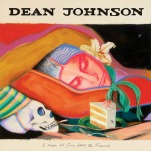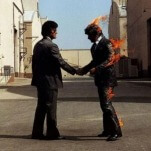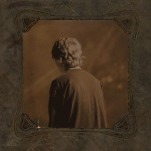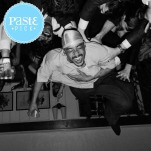Why Is July 23rd Smokebeer Preservation Day?
Priyank Pathak/Unsplash
Over the past decade, an obscure, historic beer style has developed a cult following. Rauchbier (German for “smokebeer”) is a beer that is brewed with smoked malts. Traditionally, this means that they were dried in a wood-fired kiln. The beer brewed with those malts carries over a smoky aroma and flavor. Some are put off by the beer’s smoky profile and compare it to liquid bacon. Others relish in it and seek it out at every chance they get (and also liken it to bacon).
Despite the cult-like following, the style is virtually non-existent on even the most eclectic draft lists. However, up until several hundred years ago, virtually all beer was smoked. This was not a culinary preference but a fact of brewing. All malts need to be roasted, the primary way to roast them was in a kiln and the only way to fuel the kiln was with wood.
All of this changed on July 23rd, 1635, when Sir Nicholas Halse filed a patent for a smoke-free kiln, “for the dryinge of mault and hops with seacole, turffe, or any other fewell, without touching of smoake.” In the decades and centuries following, the smoke-free kiln took over the brewing industry in part to offer a cleaner product but mainly to cut costs, as a smoke-free kiln rendered the quality of the fuel source irrelevant, and coal was much cheaper than well-dried wood.
By the late 19th century, the old way of roasting malts had nearly gone extinct. Since that patent was filed, only two surviving breweries have continuously used wood-fired kilns for roasting their own malts, both of which are in Bamberg, Germany. There’s Brewery Spezial, and most notably, Schlenkerla, the brewery most responsible for preserving the style and making it accessible outside the region of Bamberg.
Since 2003, Matthias Trum, the sixth-generation owner and brewmaster of Schlenkerla, has been at the helm of continuing the style’s legacy, with one of his most recent efforts being the creation of “Smokebeer Preservation Day.”
-

-

-

-

-

-

-

-

-

-

-

-

-

-

-

-

-

-

-

-

-

-

-

-

-

-

-

-

-

-

-

-

-

-

-

-

-

-

-

-








































